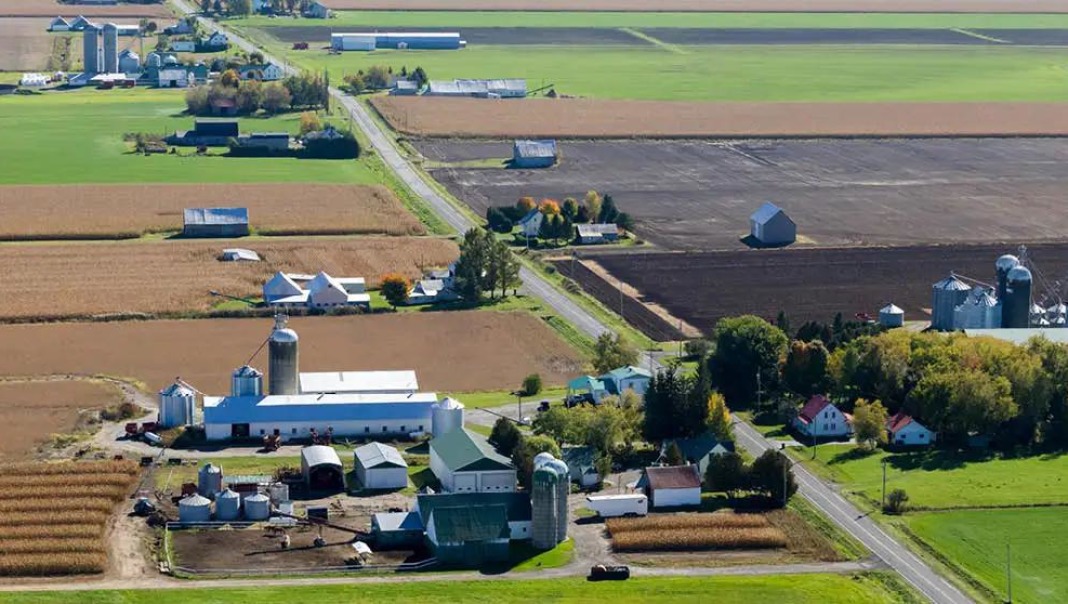Deteriorating farmland affordability presents challenges
Thursday, March 28, 2024
Reference: FCC
 Despite Canadian agriculture facing challenges in 2023 such as commodity prices declining, elevated input costs and interest rates, and severe weather events, farm cash receipts ultimately grew 3.6%, to a new record of $98.6 billion. With the availability of farmland for sale remaining tight, average farmland values increased 11.5% in 2023, down from the 12.8% in 2022.
Despite Canadian agriculture facing challenges in 2023 such as commodity prices declining, elevated input costs and interest rates, and severe weather events, farm cash receipts ultimately grew 3.6%, to a new record of $98.6 billion. With the availability of farmland for sale remaining tight, average farmland values increased 11.5% in 2023, down from the 12.8% in 2022. Farmland prices across Canada have experienced strong growth over the last decade (2014 – 2023), up 9.1% on average annually. Farmland value increases differed among regions, with eastern Canada experiencing higher average annual growth rate of 9.9%, compared to Western Canada averaging 8.0%. Rising farmland values leads to discussion on affordability of newly purchased farmland. Affordability of farmland is influenced by a range of factors, including land prices, interest rates, farm income, urban population, and farmland supply.
This post introduces and estimates a farmland affordability index. While important nuances exist across provinces, farmland affordability deteriorated to its worst level in 30 years at the end of 2023 as farmland values and mortgage rates increased. We also explore reasons why land prices continued to appreciate in 2023 amid a rising interest rate environment.
Defining and measuring farm affordability index
The farmland affordability index (FAI) is a ratio of farmland purchase related costs (annual payments on newly purchased farmland) to the income potential from the land. This ratio is indexed to 2020 as the base year, to compare the development before and after the pandemic. The higher the ratio, the less affordable it is to purchase farmland as a greater share of revenue is needed to service debt.Using the Bank of Canada’s housing affordability index as a guide, we expressed FAI as follows:
FAI = Annual farmland purchase cost per acre
Returns on each acre of land
Assuming a land purchase with a down payment of 25% and a loan amortized over 25 years, the annual repayment (principal and interest) will be based on the mortgage interest rate and principal loan amount. The denominator i.e., returns on each acre of land, is measured by using farm cash receipts divided by the number of seeded acres.
Why is this index important?
Read More
Sign up to stay connected
- News
- Property Alerts
- Save your favourite properties
- And more!
Joining Farm Marketer is free, easy and you can opt out at any time.
